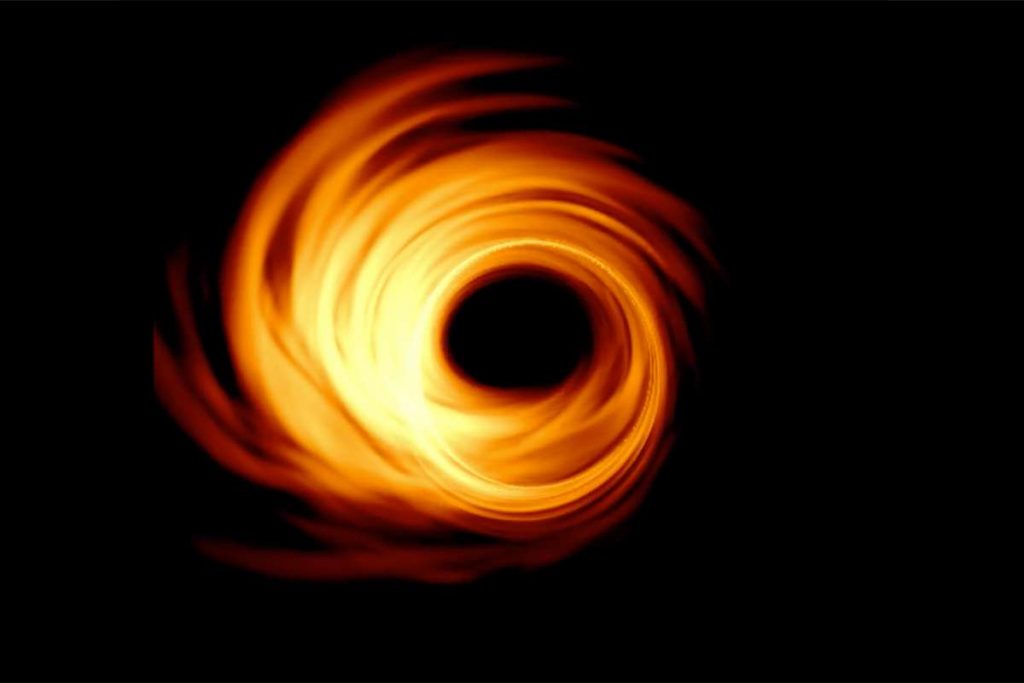New Delhi: Indian scientists have hailed the compilation of the first ever real images of a blackhole as an “extraordinary feat” that sheds more light on the mysterious, warped region of the space-time fabric and how galaxies like our Milky Way evolve over time.
Blackhole, an object with such strong gravity that not even light can escape it, has fuelled human imagination and inspired numerous sci-fi movies and literature for generations. In coordinated press conferences on Wednesday across the globe, researchers at The Event Horizon Telescope (EHT) — a planet-scale array of eight ground-based radio telescopes forged through international collaboration — unveiled the first direct visual evidence of a supermassive blackhole and its shadow.
The image reveals the black hole at the centre of Messier 87, a massive galaxy in the nearby Virgo galaxy cluster. This black hole resides 55 million light-years from Earth and has a mass 6.5 billion times that of the Sun.
“We have taken the first picture of a black hole,” EHT project director Sheperd S Doeleman of the Centre for Astrophysics at Harvard & Smithsonian announced. “This is an extraordinary scientific feat accomplished by a team of more than 200 researchers,” Doeleman said. Several Indian physicists spoke about the significance and history made by the discovery.
“This is the first direct evidence of black hole. That way it is a game changer. Now there is no doubt at all about its existence. Earlier we had 99 per cent evidence, now it is hundred per cent,” said Sudip Bhattacharyya, Associate Professor at Tata Institute of Fundamental Research (TIFR), Mumbai. “If we can directly see that there is something black in the background of light — that is an incredible thing. That would be the direct proof of blackholes,” Bhattacharyya told PTI.
The breakthrough was announced in a series of six papers published in a special issue of The Astrophysical Journal Letters. “The unveiling of M87 shadow is a tremendous achievement by EHT and it provided by first independent estimate for the mass of the giant blackhole in M87,” Achamveedu Gopakumar, an associate professor at TIFR told PTI.
“These results showed that the first direct observational proof (photo) of the event horizon and its size is comparable to the size of the solar system,” said Gopakumar, who is a part of EHT’s effort to image a massive black hole binary (candidate) emitting nano-Hertz gravitational waves, called OJ 287.
The EHT is the result of years of international collaboration, and offers scientists a new way to study the most extreme objects in the universe predicted by Albert Einstein’s general relativity during the centennial year of the historic experiment that first confirmed the theory.
